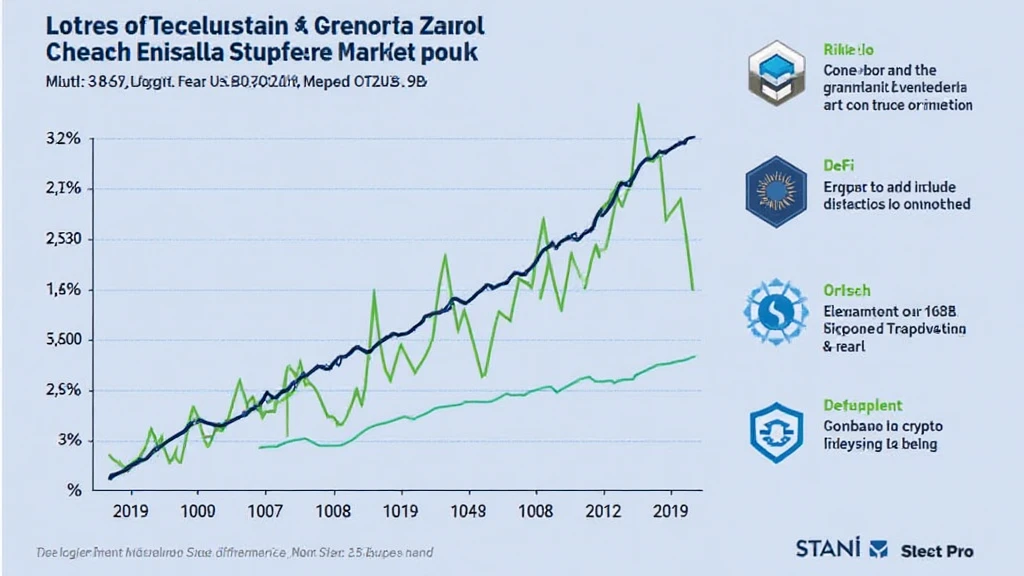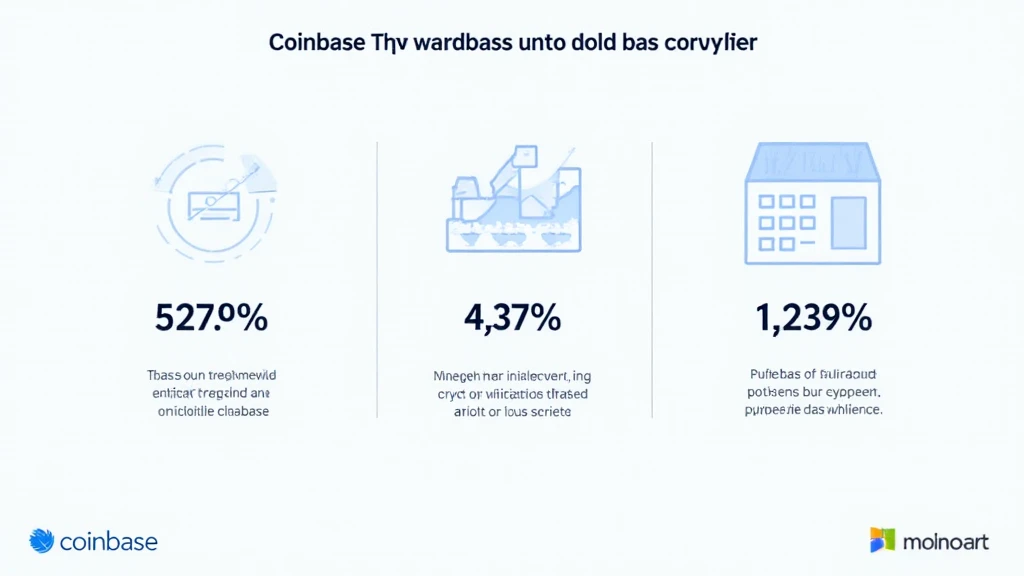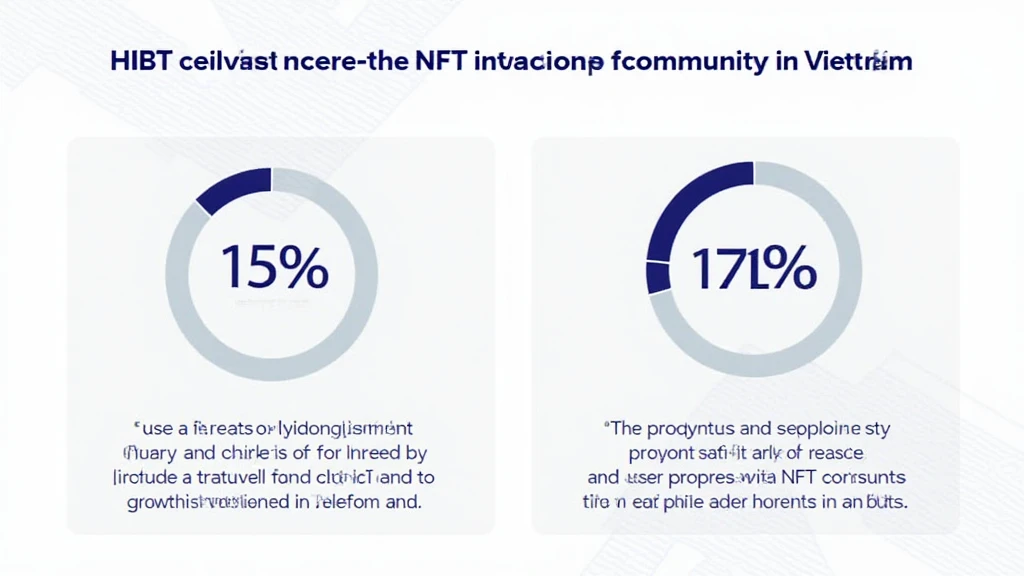Introduction: The Boom of DeFi and Liquidity Pools
In 2024, the DeFi ecosystem witnessed a staggering $4.1 billion lost to hacks, highlighting the importance of security and efficient liquidity management in decentralized finance.
As crypto trading continues to mature, platforms like Coinbase are stepping up their offerings with products such as crypto derivatives and liquidity pools. This article delves into how Coinbase’s innovative approach shapes market dynamics and the unique features of liquidity pools.
Understanding Crypto Derivatives
Crypto derivatives are financial contracts whose value is derived from underlying cryptocurrencies. They enable investors to speculate on price movements without owning the actual asset. The primary types of derivatives include:

- Futures: Contracts to buy or sell an asset at a predetermined future date and price.
- Options: Contracts that grant the buyer the right, but not the obligation, to buy or sell an asset.
- Swaps: Contracts to exchange cash flows or other financial instruments over time.
These derivatives can provide higher leverage and are essential for hedging against price volatility. According to Chainalysis, the volume of crypto derivatives trading is projected to surpass $1 trillion by 2025, indicating a growing reliance on these instruments.
Liquidity Pools Explained
Liquidity pools are essential components of decentralized exchanges (DEXs), pooling funds into smart contracts to facilitate trading. The concept is akin to a bank vault for digital assets, where liquidity providers contribute their crypto assets to ensure transactions occur smoothly.
Key features of liquidity pools include:
- Automated Market Making (AMM): Pools use algorithms to determine asset prices based on available liquidity.
- Yield Farming: Liquidity providers earn rewards for their contributions, making it an attractive investment for many.
- Accessibility: Typically, anyone can add to or withdraw from a liquidity pool, ensuring broad market participation.
How Coinbase Leverages Liquidity Pools and Derivatives
Coinbase has become a formidable player in the crypto landscape, leveraging liquidity pools and derivatives to optimize trading efficiency. Its user-friendly platform simplifies the process for investors, allowing them to engage in more complex trading strategies.
One notable aspect is their recent integration of liquidity pools, enhancing the availability of various crypto assets. This move allows users to trade with greater speed and lower slippage, which benefits both retail and institutional clients.
Moreover, Coinbase’s derivatives product offering enables users to hedge risks efficiently. By allowing users to short, long, and utilize various investment strategies, Coinbase positions itself as a comprehensive trading platform.
Case Study: Binance vs. Coinbase in Liquidity Provision
To understand how liquidity impacts trading, we can compare Binance and Coinbase, two of the largest crypto exchanges in the world. According to data from 2023, Binance claims over 60% of the crypto market liquidity while Coinbase represents a significant share of the U.S. market.
| Exchange | Market Share (%) | Liquidity Score |
|---|---|---|
| Binance | 60% | 940 |
| Coinbase | 20% | 720 |
While Binance dominates globally, Coinbase’s strong performance in the U.S. market is notable. This difference underscores the need for diverse liquidity strategies catering to various market segments.
Analyzing Liquidity Pool Dynamics in Vietnam
Recent trends show significant growth in the Vietnamese crypto market, with a user growth rate of 47% in 2024. This burgeoning interest is not only from individual investors but also from institutional players looking to enter the crypto space.
The rise of liquidity pools in Vietnam indicates a shift towards decentralized trading solutions. As Vietnamese users increasingly adopt decentralized finance, platforms like Coinbase must tailor their offerings to meet local preferences.
Providing liquidity in these pools presents opportunities for users to earn passive income, which is particularly attractive in emerging markets.
Risks Associated with Liquidity Pools
Despite the advantages, participating in liquidity pools is not without risks. Here are some challenges to consider:
- Impermanent Loss: The risk of losing value compared to simply holding assets, particularly in volatile markets.
- Smart Contract Vulnerabilities: Bugs or exploits in code can lead to losses; ensuring high-security standards like tiêu chuẩn an ninh blockchain is crucial.
- Market Manipulation: Smaller liquidity pools may be susceptible to price manipulation, impacting returns.
As the liquidity pool phenomenon expands, users are advised to stay informed and conduct thorough research before committing funds.
Conclusion: The Future of Coinbase’s Crypto Derivatives and Liquidity Pools
As the crypto landscape evolves, Coinbase’s innovative strategies around crypto derivatives and liquidity pools will play a pivotal role in shaping market efficiency and accessibility. With increasing adoption, it is imperative for platforms to enhance their security practices and liquidity offerings to cater to growing demands.
As highlighted previously, liquidity pools are much like bank vaults that safeguard user assets while enhancing trade efficiency.
For users in Vietnam and beyond, understanding these dynamics becomes essential for navigating the rapidly changing financial environment. As always, tread carefully, and remember that investment strategies must align with personal risk tolerances and market conditions.
For more insights into crypto trading and liquidity management, visit allcryptomarketnews.
Author: Dr. Alex Tran, a financial analyst and blockchain technology consultant, has published over 15 research papers on decentralized finance and led audits on various high-profile crypto projects.





